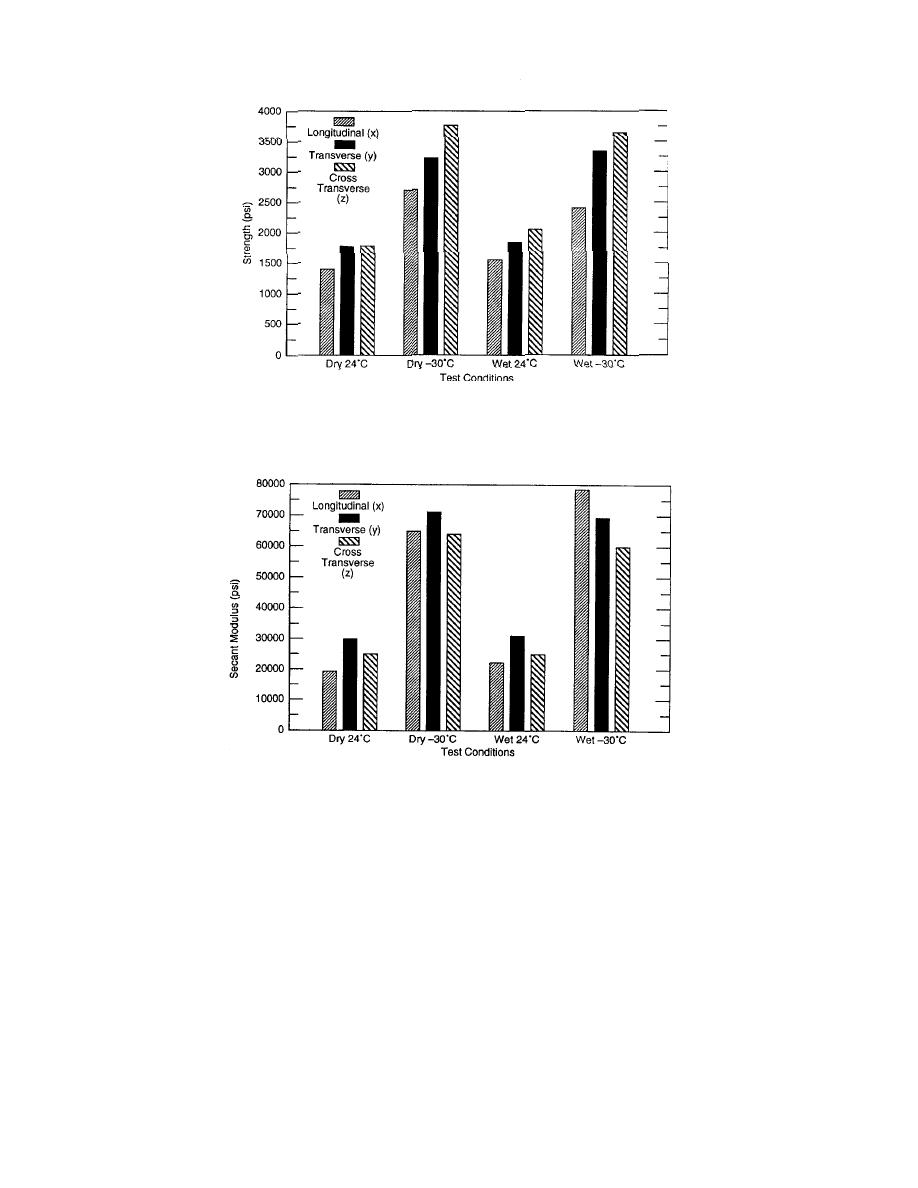
Figure 46. Compressive strength of the RPC in three axes and four
conditions: dry, wet, dry and cold (30C, 22F), and wet and cold
(30C, 22F).
Figure 47. Secant moduli of the RPC in three axes and four conditions:
dry, wet, dry and cold (30C, 22F), and wet and cold (30C,
22F).
material properties between the longitudinal and
Tension testing
the two transverse directions. However, the dif-
Since the RPCs under study were new materi-
ferences in the properties between the two trans-
als, no standard test procedures were available for
verse directions were much smaller than those in
any of the mechanical tests undertaken. For ten-
the longitudinal direction.
sion tests, it is necessary to establish that the test
The tests also showed that the material proper-
specimen fails in the uniformly tensioned area,
ties are highly temperature sensitive. Temperature
and that the effects of gripping and other stress
has a significant effect on the compressive strength
concentration factors are absolutely minimized.
of the material, regardless of the orientation and
Following a considerable amount of investigation,
moisture content. Low temperature caused a dra-
an optimum configuration for the test specimens
matic increase in the secant modulus. Moisture
was determined, as shown in Figure 48a. Figure
and orientation effects were secondary.
48b shows the specimens. A special gripping fix
33



 Previous Page
Previous Page
